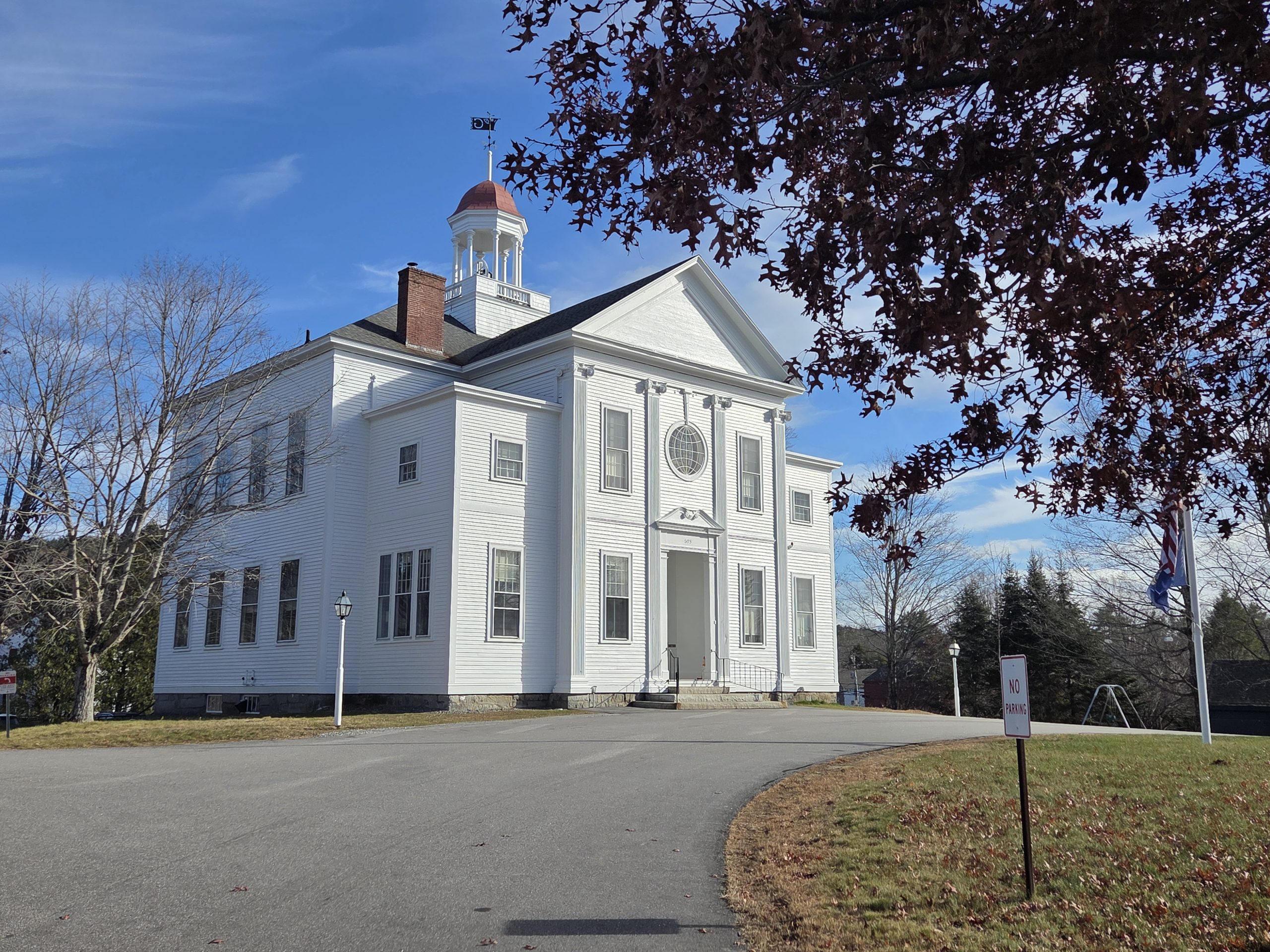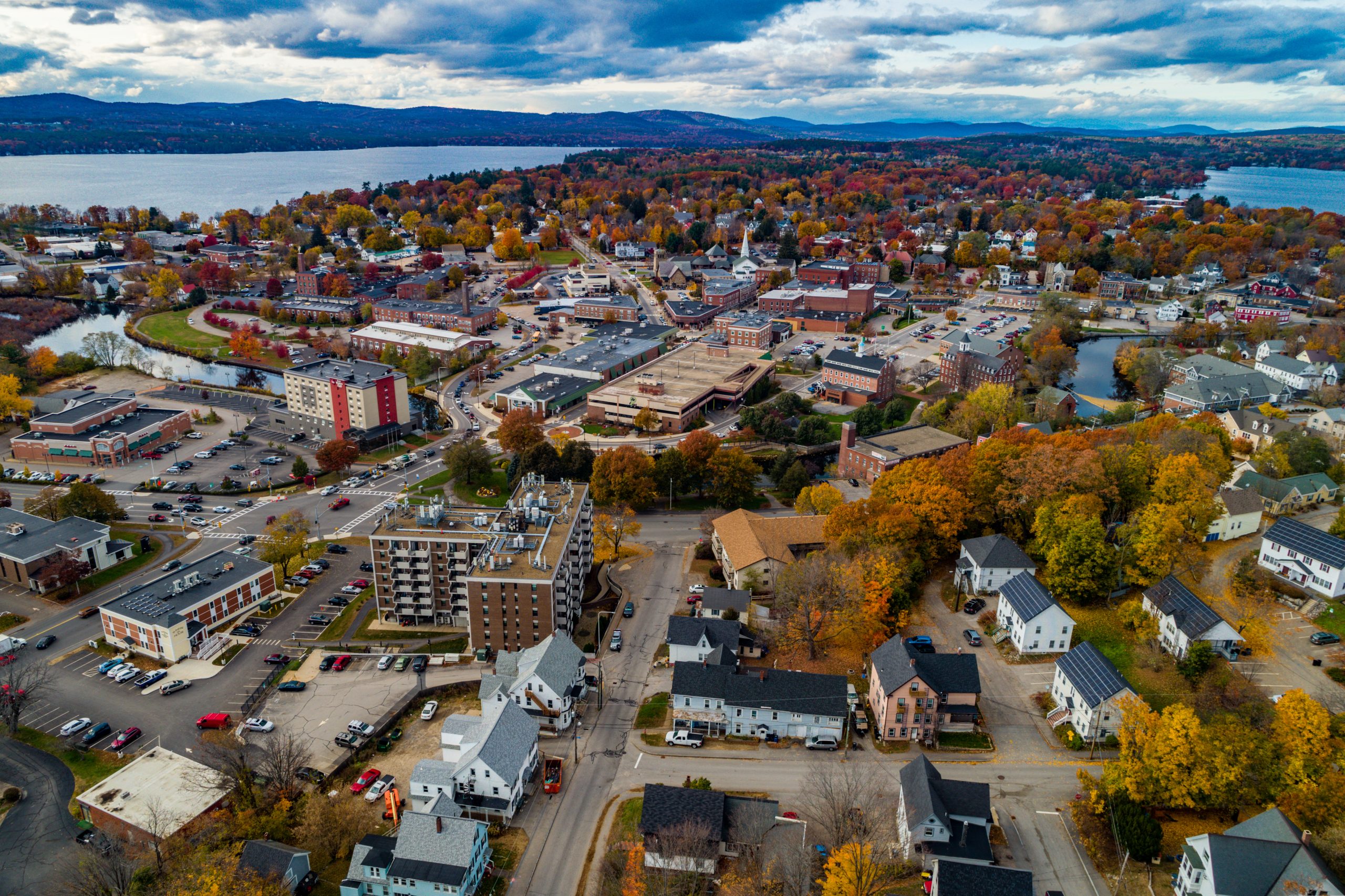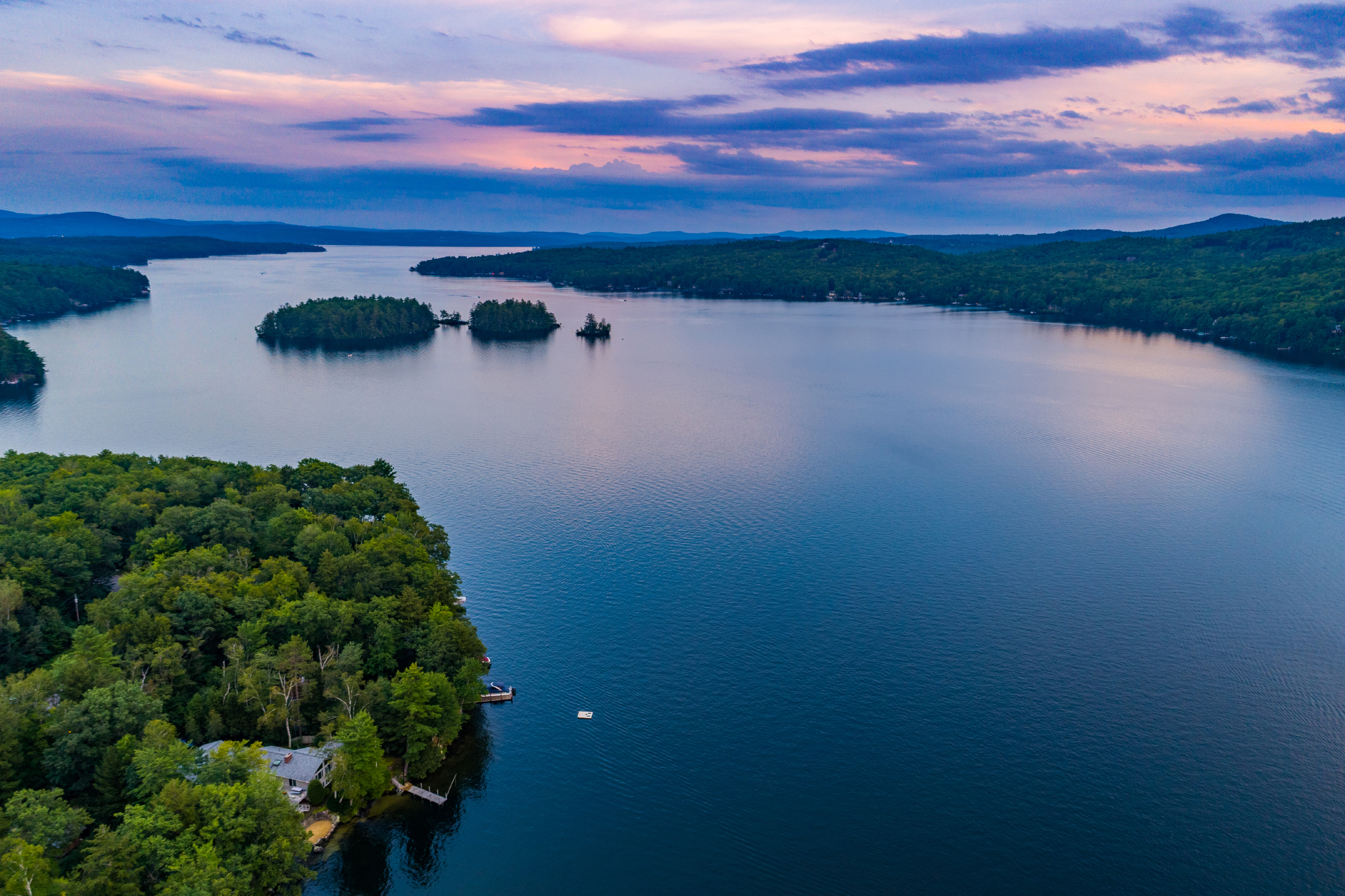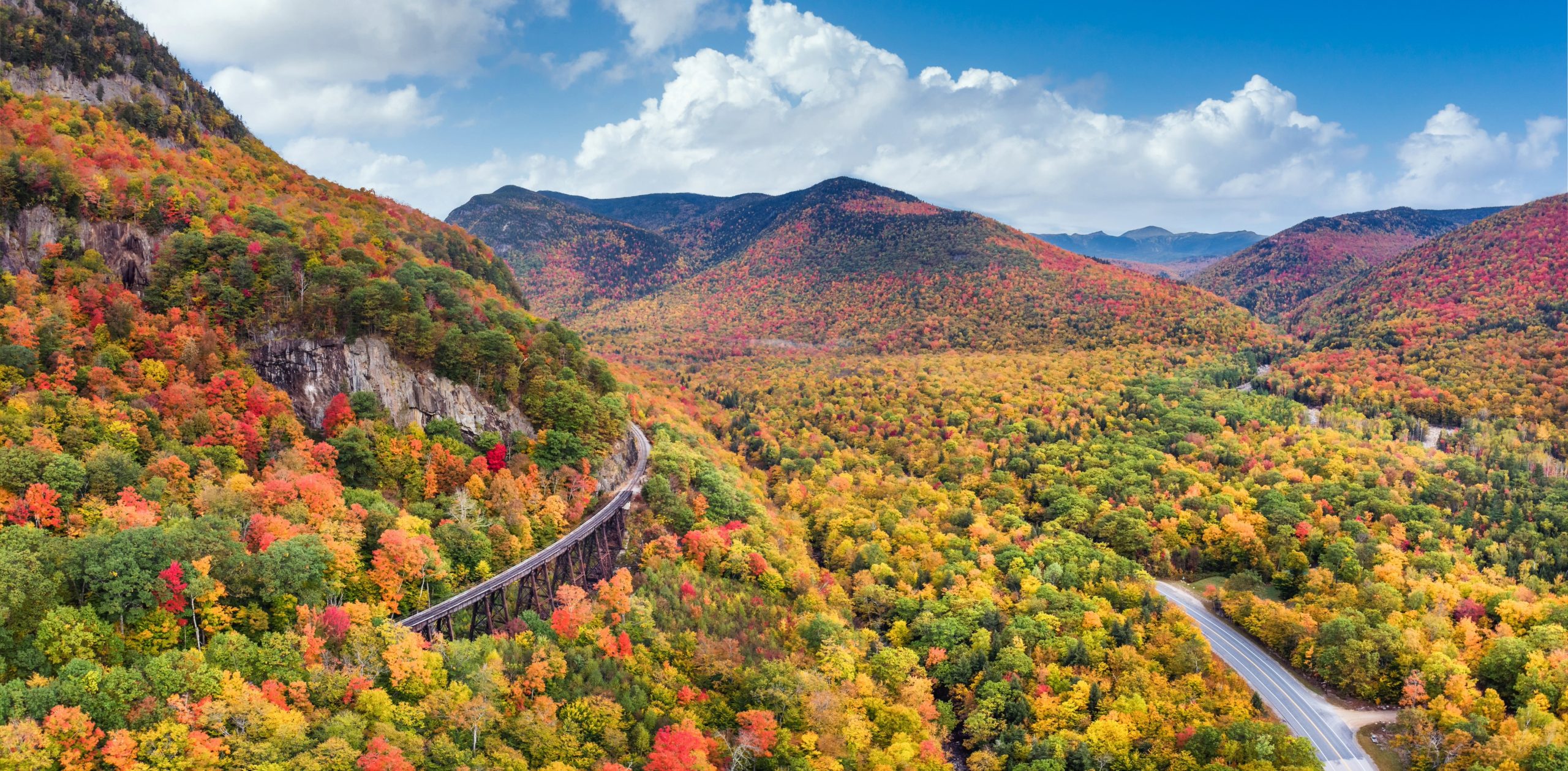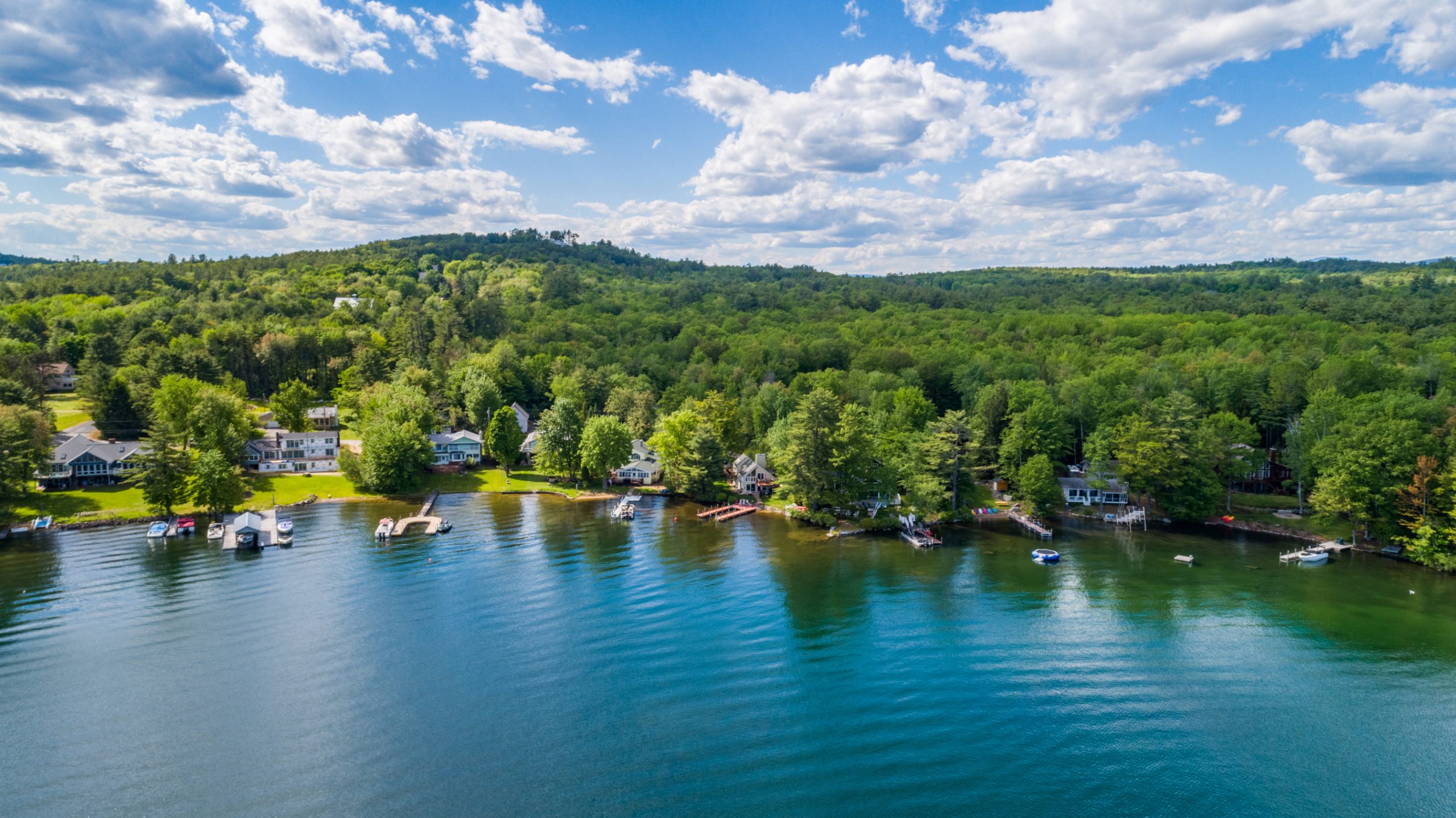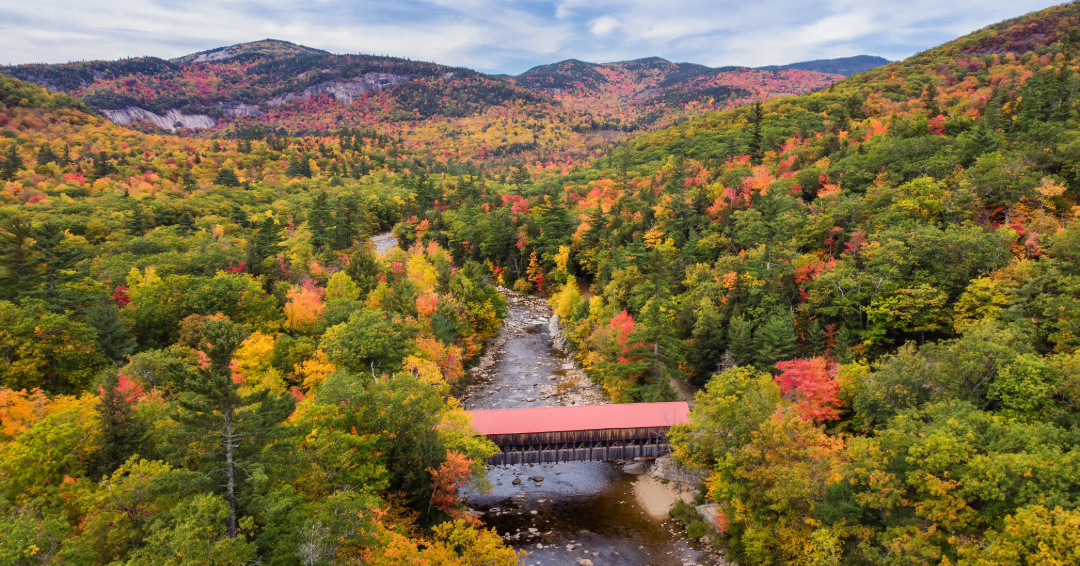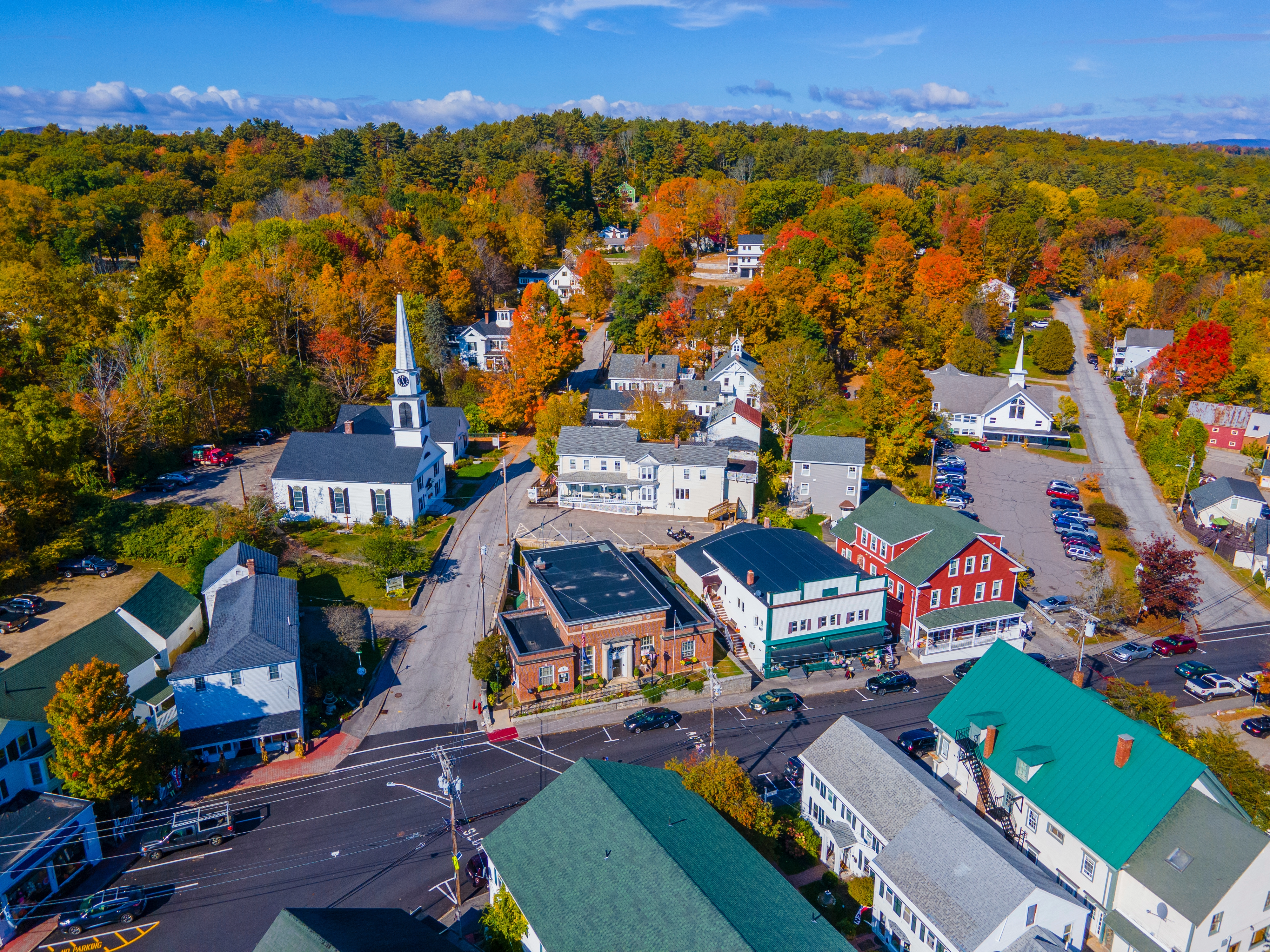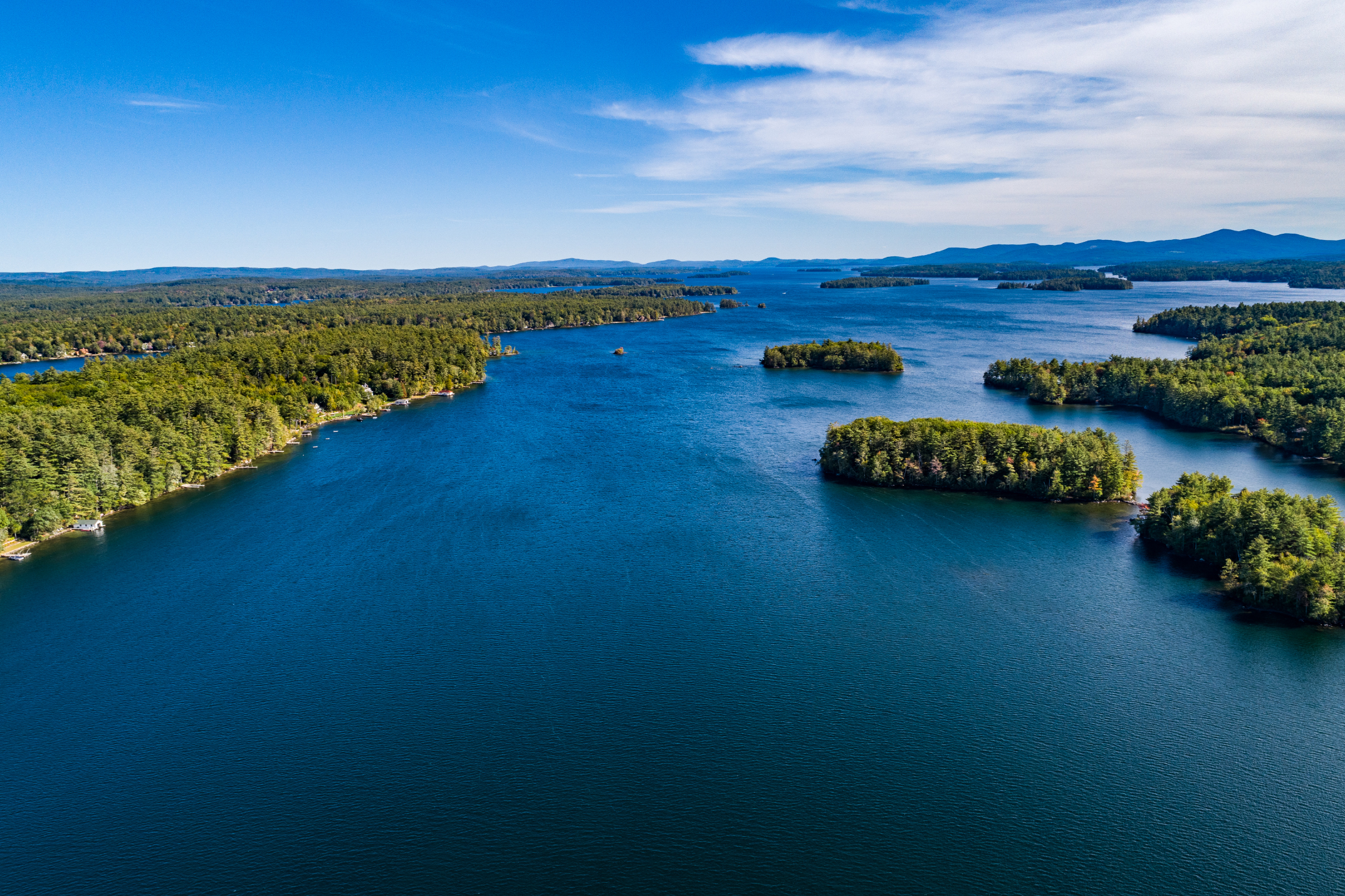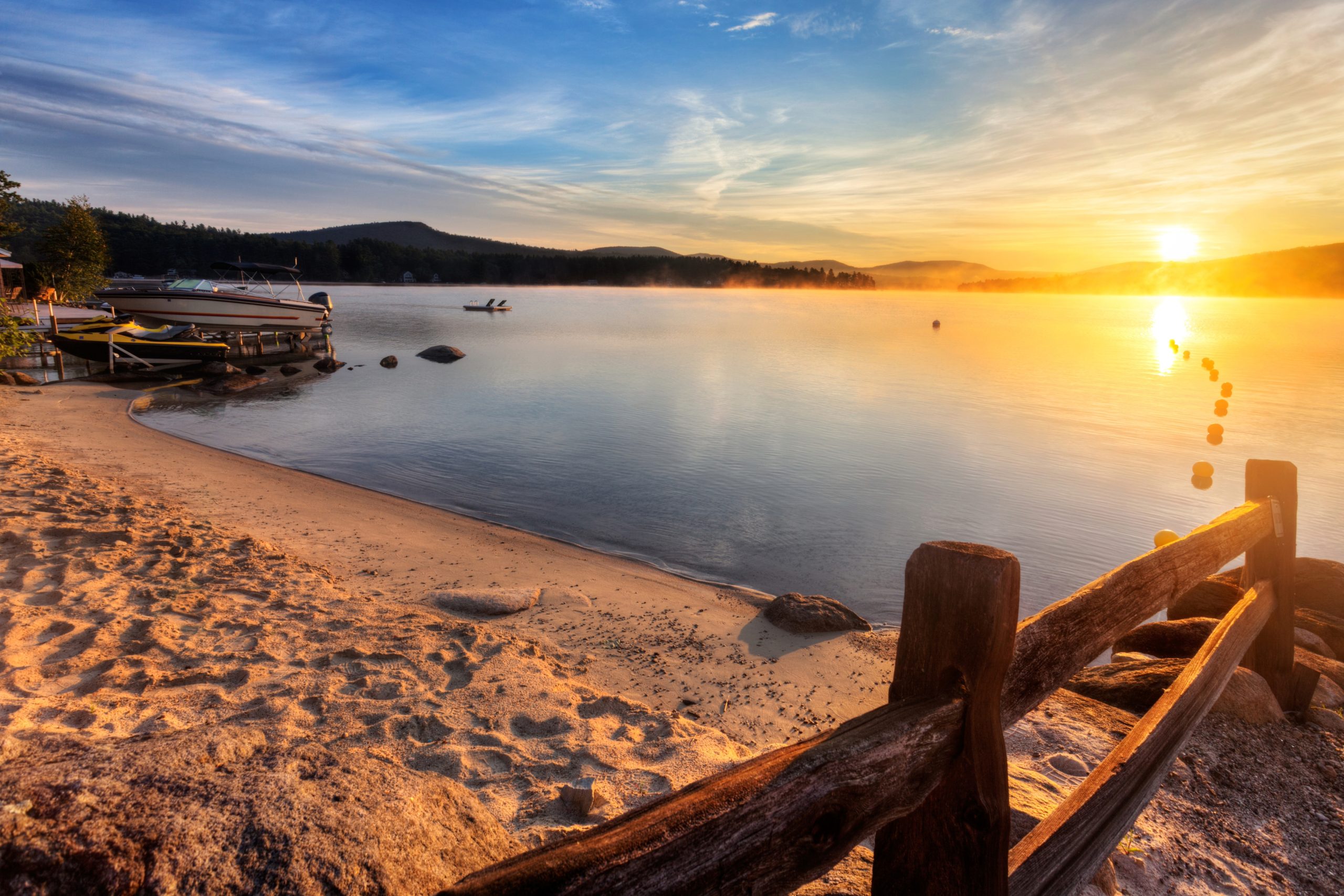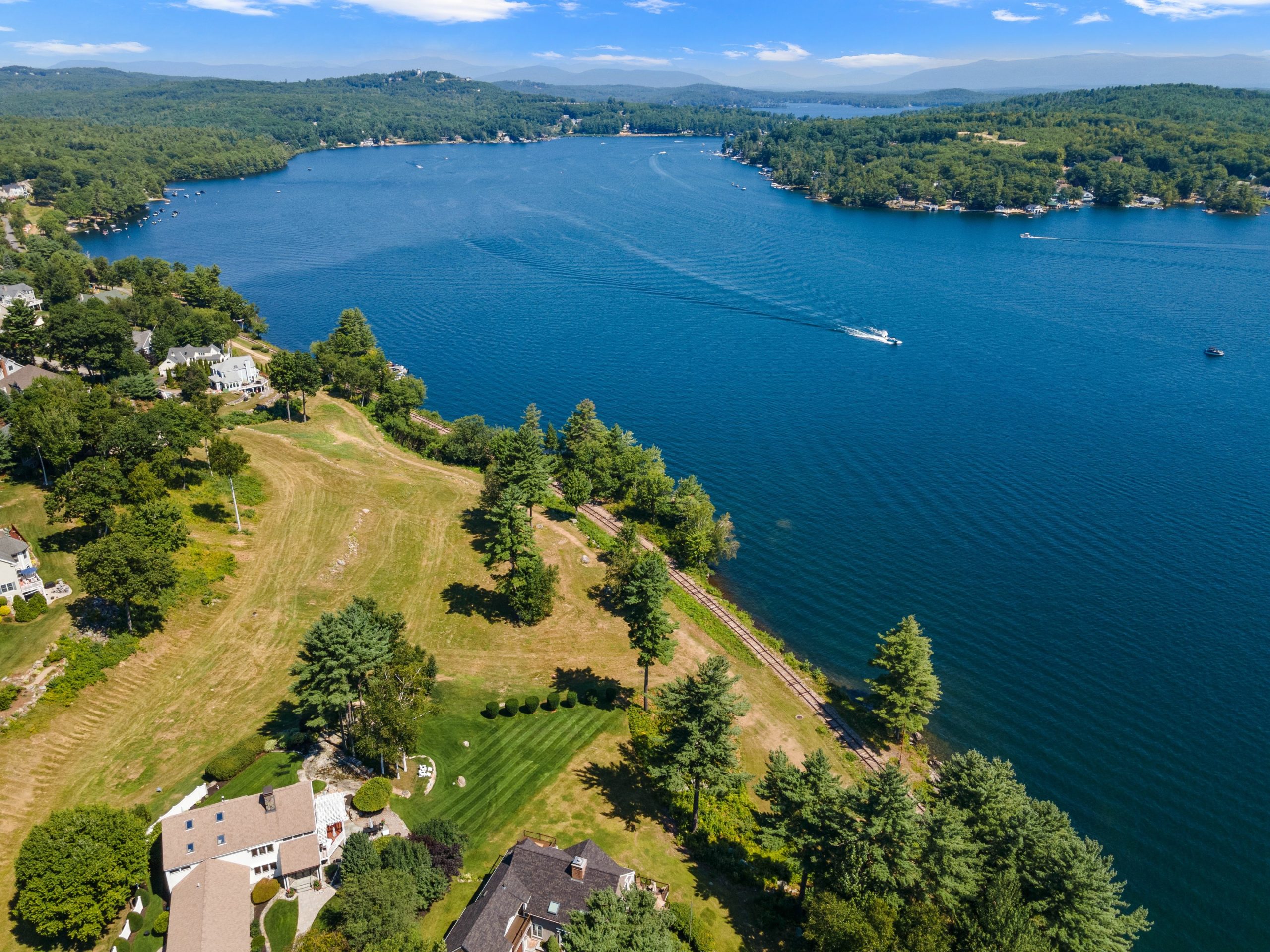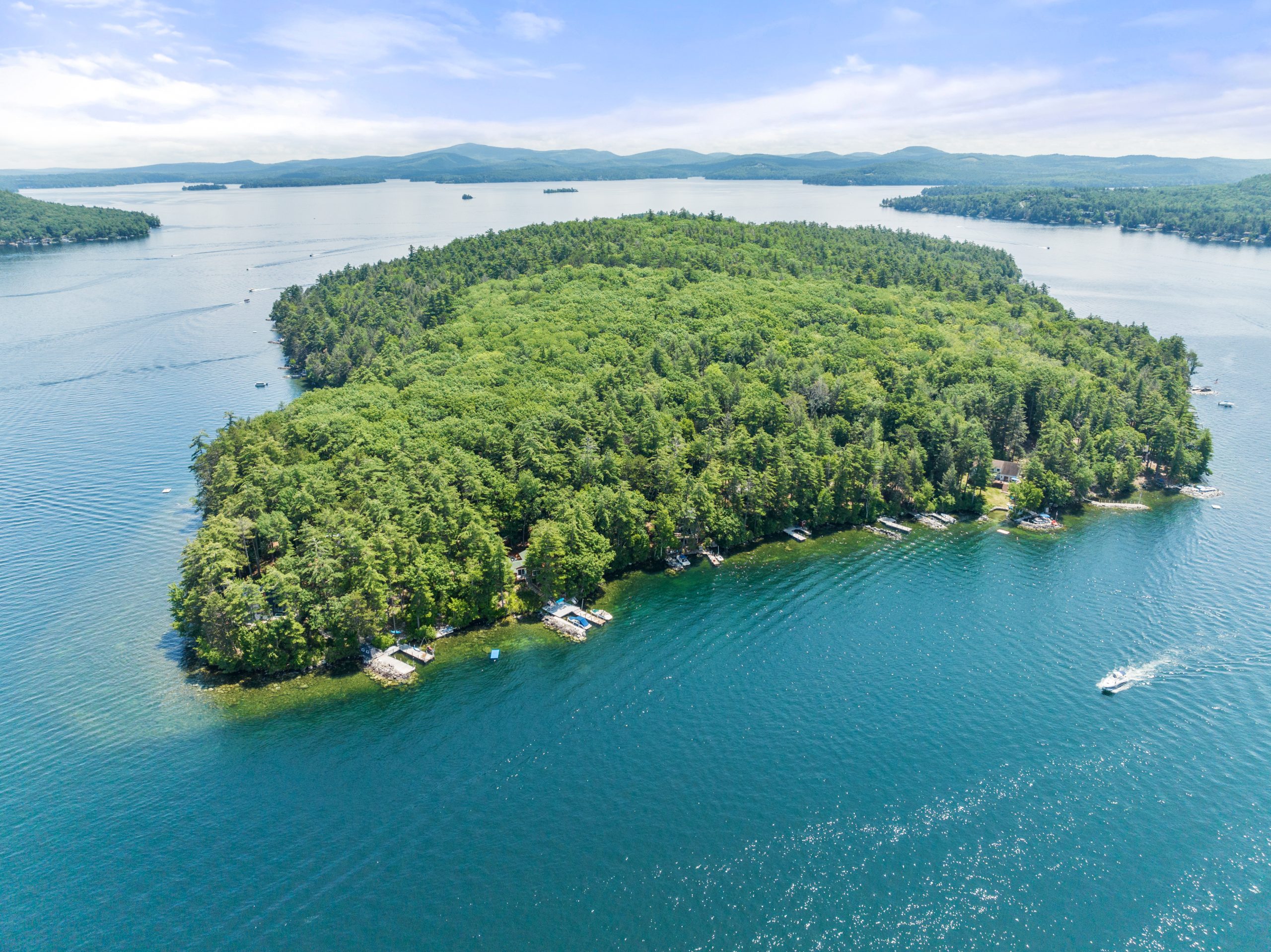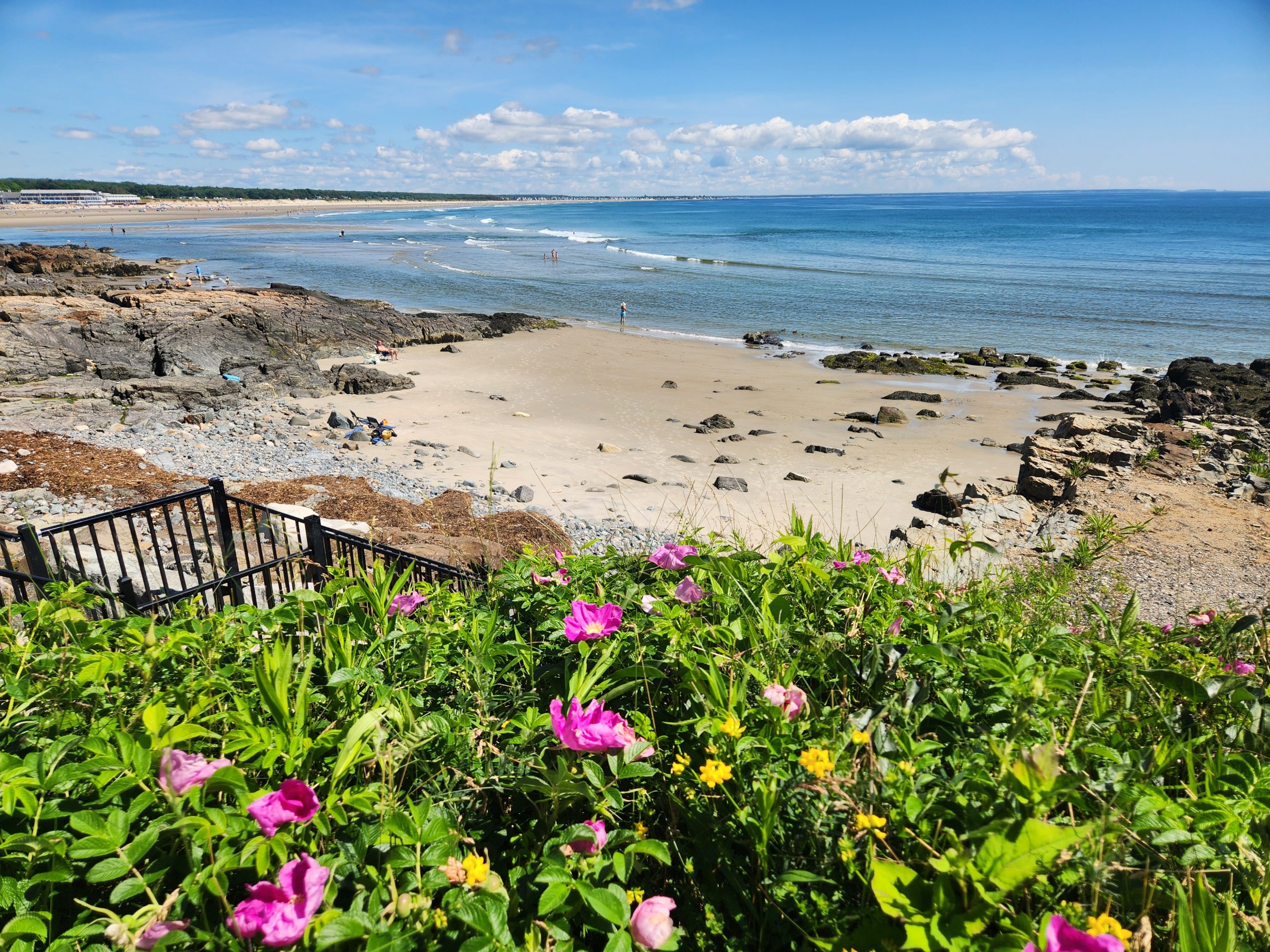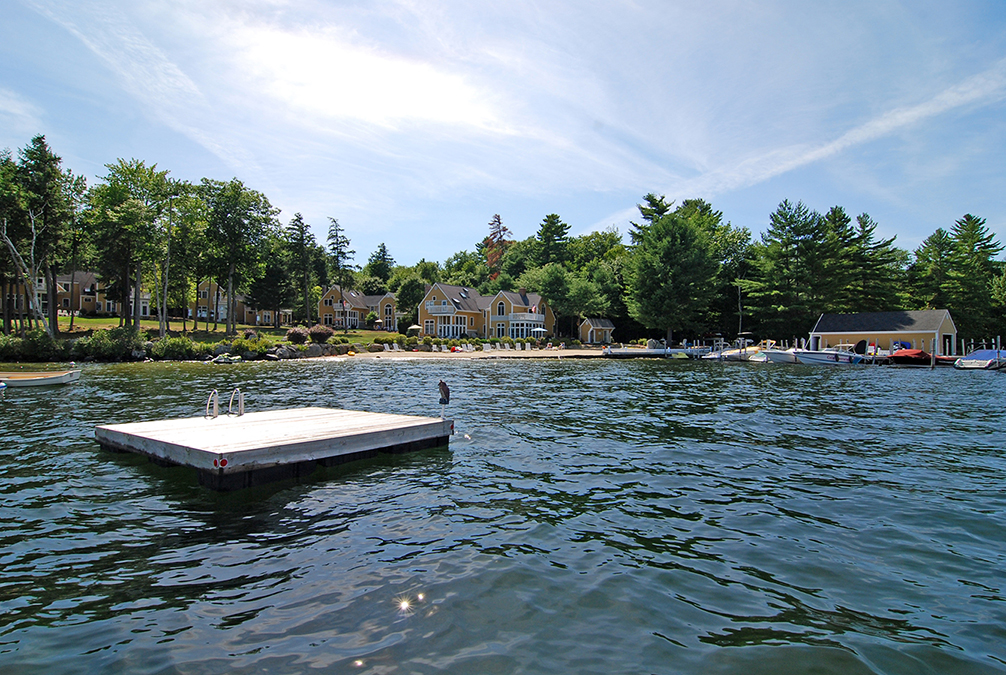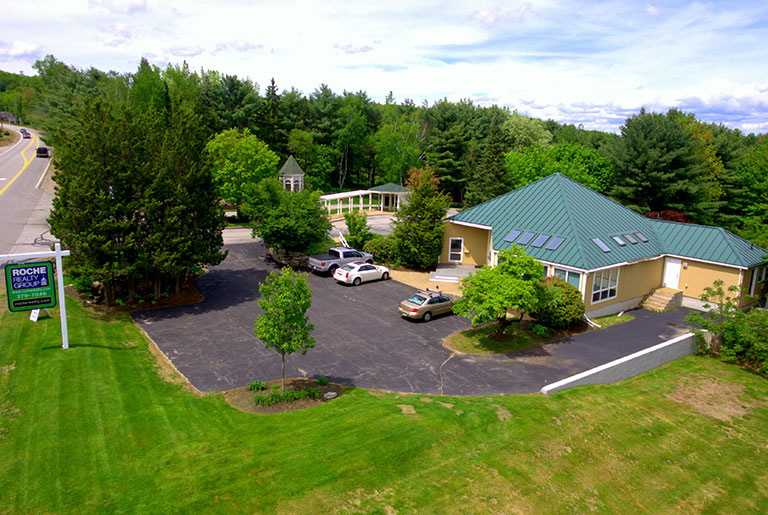I was in Gilmanton, New Hampshire, last week, looking at a beautiful piece of property in an idyllic setting. Imagine expansive open fields bordered by century-old historic stone walls and framed by a vibrant canopy of trees. Gilmanton is a small, scenic, and quiet community of lakes, forests, iconic farms, and historic homes that proudly display the years they were built. In many ways, it’s like going back in time, and it’s a way of life that many people choose, where they can live life at a slower pace.
Historic Roots of Gilmanton
Gilmanton includes the villages of Gilmanton Corners and Gilmanton Ironworks. The town’s rich history goes back to 1727, when colonial governor John Wentworth signed the charter for what was to become the town of Gilmanton. The settlement was delayed due to the French and Indian Wars. At one time, it was the second-largest town in the state following Portsmouth. The original town was larger than it is now and included parishes that later became Belmont and Gilford. Gilmanton Ironworks was an unprofitable iron-mining enterprise at the time.
Gilmanton and Its Literary Legacy
I’ve always had an interest in the history of this peaceful community. This includes the days when I sold the former home of legendary author Grace Metalious. In this expanded cape, Metalious wrote the sensational novel Peyton Place in 1950, which later became a movie and TV series.
The town has a total area of 59.6 square miles, of which 57.9 square miles is land and 1.7 square miles is water. Four state routes service the town: Route 106, Route 129, Route 107, and Route 140. Route 106 connects Gilmanton to neighboring communities, while Route 140 provides access to Alton.
It’s hard to imagine that Gilmanton’s population was ranked #38 in the country in the 1790 census. Whereas today the town has a population of only 4,073 for 2025. The population density is only 53.6 inhabitants per square mile. The median age in the town is approximately 46.7 years. The median household income is $114,484, whereas other sources show a mean household income of $118,617.
Outdoor Recreation in Gilmanton
There are lots of outdoor recreation opportunities within the town and the surrounding communities. Crystal Lake, at 455 acres in size, is the largest lake, followed by Sawyer Lake, Shellcamp Pond, Sunset Lake, and Loon Pond. Crystal Lake Park includes a beach, boat launch, playground, picnic areas, and a pavilion. Gunstock ski area in Gilford is a 19-minute drive, Mount Major hiking trails and Belknap Mountains are 18 minutes away, and Lake Winnipesaukee in Alton is only 13 miles.
Housing and Community Character
Gilmanton’s population includes a mix of permanent year-round residents and seasonal visitors. Many capes, lakefront cabins, and quaint cottages are scattered around the lakes and ponds. Most of the rural community features stately federal and colonial homes built in the early 1800s, mostly on acreage parcels.
You will find many colonials and traditional New England-style homes throughout the town, particularly in Gilmanton Corners. Frisky Hill and Smith Meeting House Road end at the Smith Meeting House, a well-preserved 19th-century Vernacular Church Building listed on the National Registry of Historic Places. The historic district surrounds this church, built around 1840.
Local Amenities
Gilmanton offers amenities that support both residents and visitors. Gilmanton Winery and Restaurant provides wine tastings and an Italian-inspired menu. Gilmanton Corners hosts a post office, town clerk’s office, church, antique shop, public library, and fire department. The community farmers’ market runs from June to October.
Students attend kindergarten through eighth grade at Gilmanton School on Route 140, earning an A- rating from Niche. High school students attend Gilford High School. The Gilmanton Police Department has 5 full-time officers, and the Fire Department includes paid staff and volunteers, with a full-time 24-hour ambulance service.
Housing Units and Real Estate Market
Gilmanton has approximately 2,156 housing units: roughly 2,100 single-family units and 56 multi-family units (2–4 units each). The average single-family home size is 1,869 ft².
Five-Year Real Estate Snapshot:
2020: 85 sales, median $260,000, average $285,000, highest $950,000, lowest $46,000, median days on market 11, total sales $24,225,046
2021: 77 sales, median $310,000, average $343,731, highest $1,700,000, lowest $60,000, median days 7, total sales $26,467,302
2022: 76 sales, median $375,450, average $411,054, highest $1,265,000, lowest $75,000, median days 8, total sales $31,240,137
2023: 53 sales, median $385,000, average $414,058, highest $1,375,000, lowest $54,700, median days 9, total sales $21,945,125
2024: 54 sales, median $441,500, average $479,630, highest $1,010,000, lowest $85,000, median days 8, total sales $25,900,050
2025 YTD: 51 sales, median $474,000, average $479,411, highest $1,195,000, lowest $206,000, median days 8, total sales $24,450,000
Current Active Listings:
Single-family homes: 10 active, median $669,950, average $871,470, highest $2,495,000, lowest $219,900, total $8,714,700
Land parcels: 18 active, 0.13–41.5 acres, median $117,000, average $225,922, highest $699,000, lowest $19,900, total $4,066,600
Pending homes: 10 single-family homes under contract
Note: Lakeside properties are included in single-family home statistics.
Conclusion
Gilmanton, New Hampshire, is a quintessential historic small town, offering a peaceful rural environment, outdoor recreation, and desirable housing. Its combination of history, natural beauty, and a thriving real estate market makes it one of New Hampshire’s most appealing communities.

This article was written by Frank Roche. Frank is president of Roche Realty Group located in Meredith, NH, and can be reached at (603) 279-7046. Data was compiled from PrimeMLS and is subject to change. Please feel free to visit www.rocherealty.com to learn more about the Lakes Region and its real estate market.
Frequently Asked Questions About Gilmanton, New Hampshire
1. How large is Gilmanton, New Hampshire?
Gilmanton covers 59.6 square miles, with 57.9 square miles of land and 1.7 square miles of water.
2. What types of housing are available in Gilmanton?
Gilmanton features historic federal and colonial homes, capes, cottages, and lakefront properties, with the majority being single-family homes on acreage.
3. What is the population of Gilmanton?
As of 2025, Gilmanton has a population of 4,073 with a population density of 53.6 inhabitants per square mile.
4. What outdoor recreation is available in Gilmanton?
Residents enjoy Crystal Lake, Sawyer Lake, Shellcamp Pond, Sunset Lake, Loon Pond, hiking in the Belknap Range, Gunstock Mountain Resort nearby, and Lake Winnipesaukee.
5. How has the Gilmanton real estate market performed in recent years?
Over the past five years, Gilmanton has seen increasing median sales prices, steady demand, and consistent single-family home sales.
6. Are there land or housing developments in Gilmanton?
Yes. There are active single-family listings, parcels of land for sale, and several homes under contract each year, contributing to ongoing housing activity in the community.
7. What schools serve Gilmanton residents?
Students attend Gilmanton School for grades K–8 and Gilford High School for grades 9–12.



